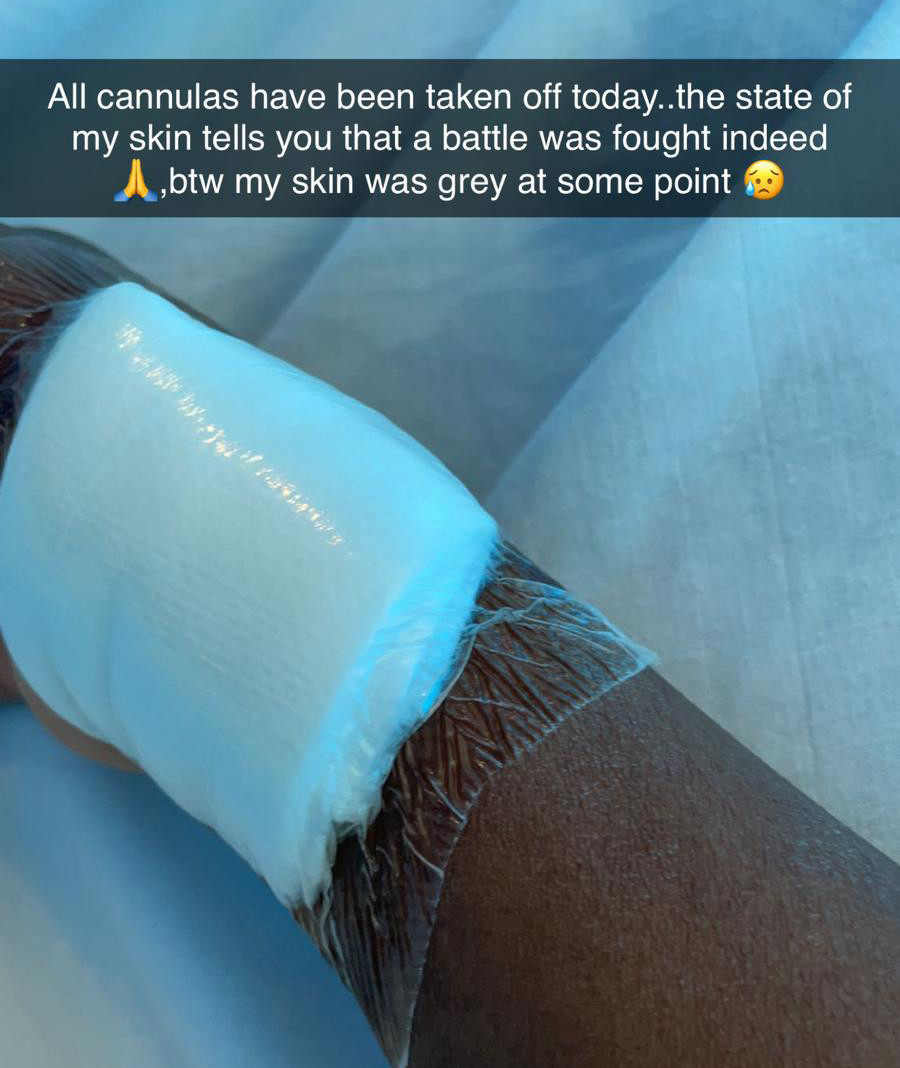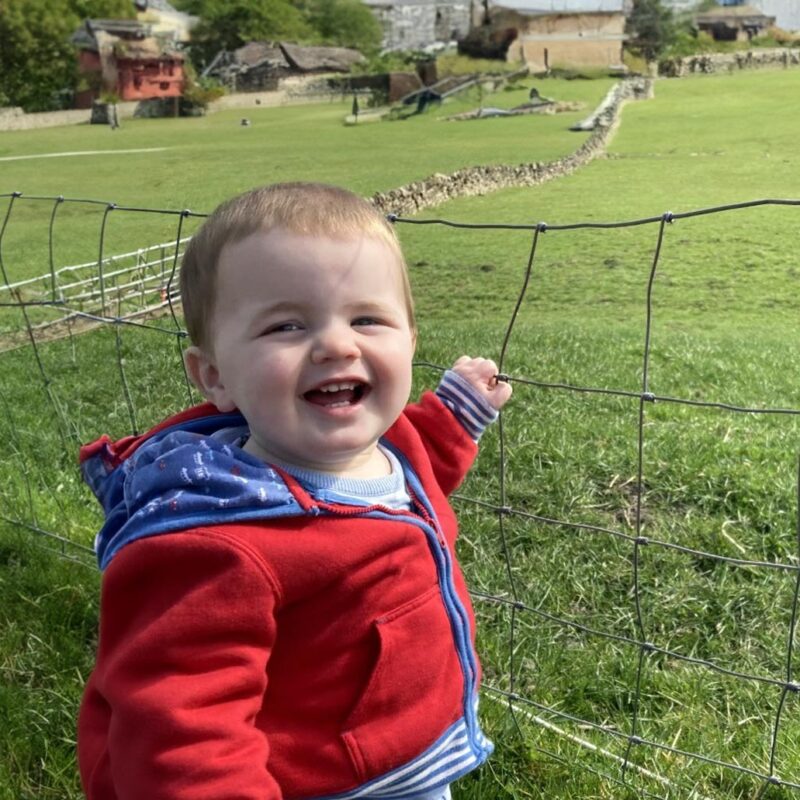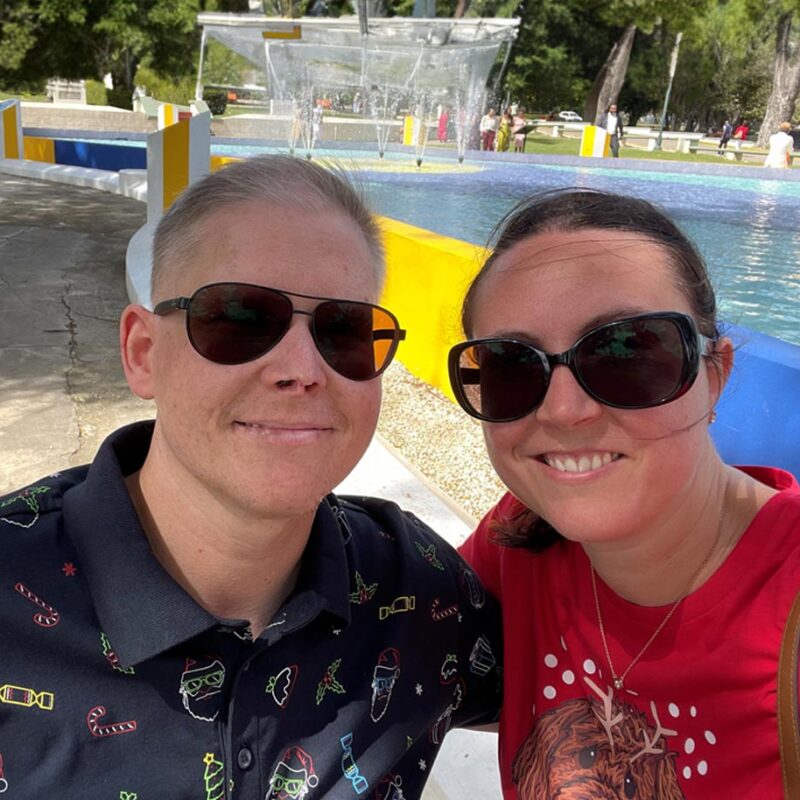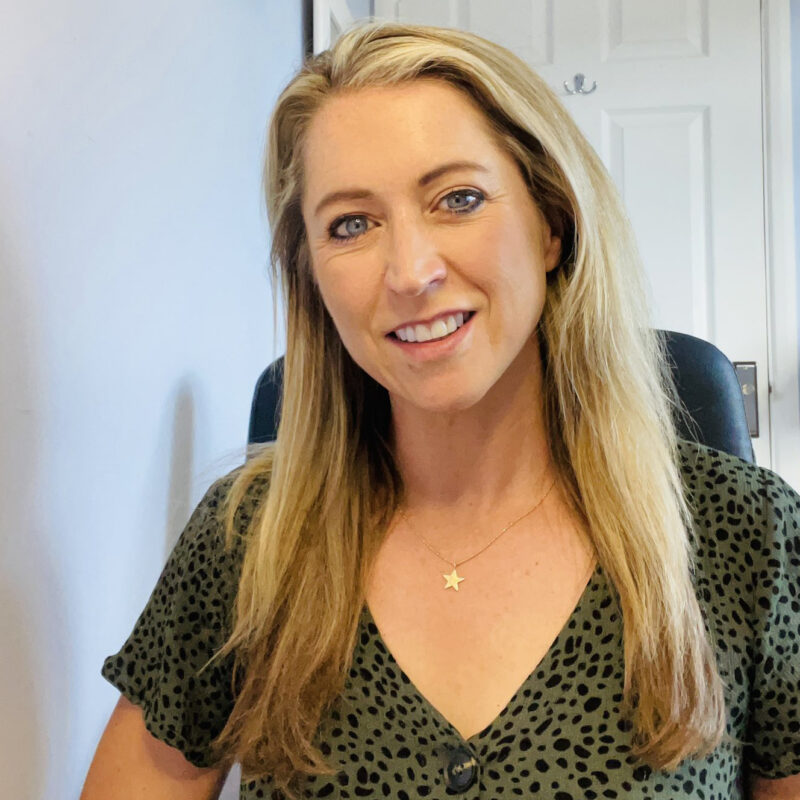Mum of three Caroline Chiriseri had maternal sepsis in June 2021, which tragically resulted in the loss of her baby girl through miscarriage.
She has shared her story to help make others aware of how quickly sepsis can strike…
Caroline was pregnant in June 2021, and visited the hospital for a routine appointment. By the Friday of the same week, she noticed her bump was smaller and so she went to get checked up in case she was leaking amniotic fluid. Doctors did a series of tests including a Covid test, which all came back negative. She was taken to the gynaecological ward where she was left in the waiting room for hours, having not eaten all day. It later transpired that the nurse’s station had mislaid her notes.
Eventually, Caroline had an examination of her cervix by a female doctor and they swabbed to test whether it was amniotic fluid. A male doctor came and brusquely told her that she was going to lose her baby – and then left as it was the end of his shift. Caroline was left blindsided in the hospital, having only been told she needed to take antibiotics in case she developed an infection and that they would ring her for a follow up on Monday. The senior nurse took over to ensure she got her prescription and a discharge letter after the doctor had left. By this point, Caroline was feeling very lethargic, which at the time she chalked up to not having eaten all day. Her husband came to collect her and took her home, and cooked for her.
The next day, Caroline was struggling to walk. She spent most of the day sitting on the sofa, and felt confused. She said: “I felt funny. I didn’t know what was going on. So I spent a whole day Googling, and I remember in the afternoon of that Sunday afternoon, I said I think I might have sepsis.”
But Caroline and her husband quickly dismissed this thought as she did not think she was in an emergency state. At 9pm she was laughing with her husband, and then all of a sudden she started shivering and feeling extremely cold. She took herself upstairs and put herself under lots of blankets. She said: “I was literally shivering and my teeth were now chattering. He came and touched my skin and said I was boiling, so now me and my husband start fighting because he wanted to take off the blankets and was opening the window, and I was saying ‘Please don’t do that to me’.”
Caroline was very confused and started screaming and shouting. Her husband took her temperature and it was very high. He decided to call the ambulance at that point, and Caroline started violently throwing up and having diarrhoea while he was on the phone. The paramedics came promptly and took Caroline to the hospital, but she put up a fight due to her confusion. She said:
“I was screaming, ‘I don’t want to go to the hospital. I don’t want to leave my kids. Please don’t take me there. I’m going to die if you take me back. I’m not going to come back.’”
By the time they got to the hospital, which was only 10 minutes from their house, Caroline was struggling to breathe. After being admitted to the hospital, Caroline struggled to get a nurse’s attention to get pillows to help ease her breathing. One nurse took her temperature, but Caroline felt that she was being dismissed as a hysterical pregnant woman. Another nurse who was a diabetic specialist came and asked Caroline what was wrong with her legs – which had turned grey. After doing observations, this nurse was alarmed enough to go and get a doctor. The junior doctor tried multiple times to put a cannula in, to start fluid and antibiotics. Caroline said: “As soon as he managed to get a vein, I literally felt the baby dying, like the heartbeat stopping at that point.”

A few minutes afterwards, Caroline started experiencing contractions. She was in distress at this point, but she is proud of how she continued to advocate for herself throughout her ordeal. She said: “I was very, very, very vocal. I remember everyone’s name. I remember the conversations.”
“I was very, very vocal about my care. And I think that was what contributed a lot to my survival.”
Another doctor came to have a look at Caroline and rushed her into the resuscitation unit as her blood pressure had dropped dramatically. They put in arterial lines, and then went back to the nurse’s station. A student nurse came into the room and Caroline told her she needed a bedpan. It’s at this point that Caroline miscarried her baby. Caroline said: “A few minutes later I started screaming because I’ve given birth before. And one thing that’s always happened is straight after the baby, the placenta comes out.” She started panicking, thinking the placenta was stuck.
But the doctor was preoccupied with trying to install a central line, to get Caroline’s blood pressure under control. After this extremely painful procedure, Caroline tried to get the student nurse to tell the doctors to take her to theatre to get the placenta removed because she was in so much pain. She was given gas and air, but after the shift handover a nurse came and told Caroline to pray if she was a Christian. That’s when Caroline realised how serious her situation was. She said: “I did pray and I remember praying and saying, ‘Dear God, please let me live so that I can see my children grow’.”
Caroline was told that theatre was really busy and that they were unlikely to be able to operate on her because of how low her blood pressure. Two gynaecologists came to see Caroline, and after she started haemorrhaging, one of them advocated for her to the other doctors. She recognised that Caroline was conscious, talking, and sound of mind and so they agreed that if she would sign a consent form, they would take her into surgery and try and remove the placenta. That’s the point when Caroline’s husband and mum were called, in case she didn’t come out of surgery, so they could say their goodbyes. She said: “I saw my husband and he was speechless because a couple of hours ago, we were on the sofa, we were laughing.”
Caroline survived the surgery, and the first person she saw after the procedure was the gynaecologist who had advocated for her. Eventually, after she started throwing up and vomiting again, she was taken to intensive care, where she was traumatised by some of the things she saw on the ward, with people dying around her. She was later transferred back to the ward she had first visited when she started leaking amniotic fluid. Caroline had issues with being given her antibiotics at appropriate times due to staffing issues on the ward. She said: “I did not get any medication until I rang the buzzer to say I have been transferred to ICU today and I was under a lot of medication. I’m pretty sure that there should be a bit of continuity.”
The doctor who had originally examined her cervix told Caroline that her baby was in the fridge on the ward, and asked what she wanted to do with the body. Caroline was still confused and felt that she was not in an appropriate headspace to be able to make a decision, and felt pressured by the hospital to consent to an autopsy. Thankfully, Caroline’s husband was able to intervene and make a decision on her behalf.
One day, Caroline tried to pack her bags ready to leave the hospital which is when the reality of what happened to her finally hit home. A doctor told her that she went into septic shock, and that there was no way she would be leaving any time soon. She remained in hospital until her infection count had come down to safe levels.
Caroline experienced difficulties with her recovery after returning home, including suffering with nightmares and hair loss. She also continues to suffer from fatigue, a common symptom that people with Post Sepsis Syndrome experience. She accessed trauma support through her GP, and has completed several workshops that enabled her to understand what happened to her while she was in intensive care and the anxiety she has experienced since leaving hospital. Caroline said: “I do have bad days and I have good days, but I’m able to understand what’s going on with me and put a solution in place.”
She hopes to embark on further courses to process the grief of losing her child, as the baby girl she lost was cremated and the hospital asked Caroline to go and pick up the ashes, which she postponed for as long as possible. They were in her wardrobe for a long time, but since moving house she has kept them on the side in her bedroom, but her and her husband haven’t decided what to do with them yet. Caroline said: “I feel that I am I’m hiding that part of the trauma and so is my husband. So at some point it needs to be addressed. I wasn’t able to speak about what happened to me. Then I started sharing it on social media, all I’m trying to say is I hope I’m taking it step by step.”
We’re glad to have worked with Caroline to help her share her story.
If you’ve lost someone to sepsis
get support today
.





